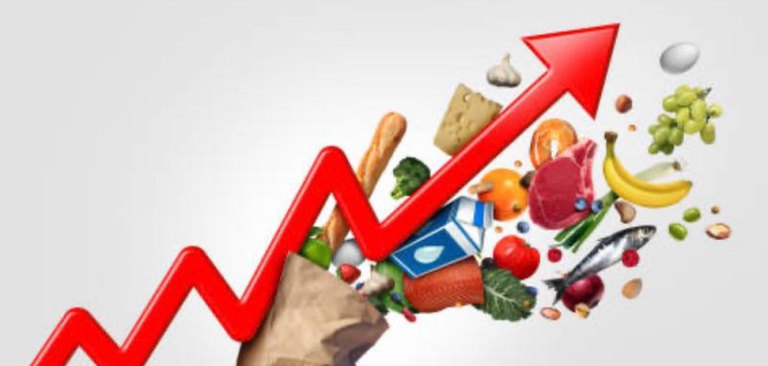
Inflation's Tug-of-War: Where Are Prices Really Headed?

The latest CPI report reveals a complex economic picture. While headline inflation held steady at 2.7% in July, a look under the hood shows a different story. Core inflation, which the Fed watches closely, accelerated to a 6-month high of 3.1%.
So where is inflation going? The data points to a tug-of-war between two powerful forces.
📉 On one side, disinflationary pressures are mounting:
〰️ Slowing Rent: Increases in rent, a major inflation driver, are finally softening.
〰️ Lower Gas Prices: Falling oil prices have provided relief at the pump.
〰️ Cooling Services: Post-pandemic demand for services is normalizing, easing price hikes.
📈 On the other side, a new inflationary wave is building:
〰️ Tariffs: The impact is no longer theoretical. Prices for goods like furniture (+0.9%) and electronics (+0.8%) are rising as tariffs pass through to consumers.
〰️ Looming Impact: With broader, higher tariffs recently imposed and more deals pending, economists believe the most significant price impacts are still ahead. Barclays forecasts core inflation could reach 3.7% by year-end.
The Analysis: While factors like rent and gas are pulling inflation down, the growing and widespread impact of tariffs appears to be the stronger force moving forward. This creates a major dilemma for the Federal Reserve: cut rates to stimulate a weakening economy (as suggested by recent job reports) or hold firm to combat rising, tariff-driven inflation?
For now, the market is betting on a September rate cut, but this tension between slowing growth and rising costs will be the defining economic challenge of the coming months.
What's your take? Will the Fed prioritize fighting inflation or supporting growth?
